Deck & Commander Strategies

Braids, Arisen Nightmare
Utilizes graveyard recursion and sacrifice mechanics to generate value and control the board, often reanimating powerful creatures and sacrificing them to trigger Braids’ ability.

Korvold, Fae-Cursed King
Leverages aristocrats-style synergies by sacrificing creatures and tokens to draw cards and gain incremental advantages, aiming to assemble the Food Chain combo for a lethal combo finish.

Urza, Chief Artificer
Focuses on artifact synergy, deploying powerful artifact creatures and constructs, using Urza’s ability to generate threats and control the battlefield through artifacts.
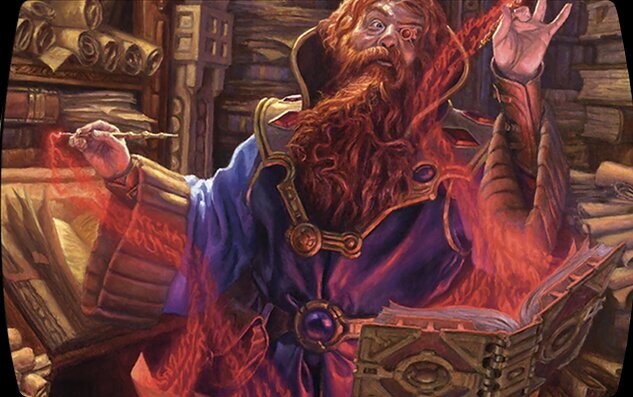
Commodore Guff
Centers around planeswalker interactions, generating mana from planeswalkers, drawing cards, and controlling the game through value engines and incremental damage.
Gameplay Insights
- 1
Using Interplanar Beacon to filter mana enabled precise casting and activation of commander abilities, enhancing mana efficiency.
- 2
Sacrificing Leyline of the Void immediately after Braids entered prevented graveyard lockout from severely hindering gameplay.
- 3
Protecting key creatures like Squee, the Immortal allowed for sustained value and board presence despite opponents' attempts at removal.
- 4
The presence of multiple planeswalkers and artifact synergies created a complex environment where players had to carefully time their plays to avoid overextension.
- 5
Chandra, Torch of Defiance served as both a mana ramp and a removal option, influencing opponent decisions and pacing of the game.
Notable Cards
-

Braids, Arisen Nightmare
-

Korvold, Fae-Cursed King
-
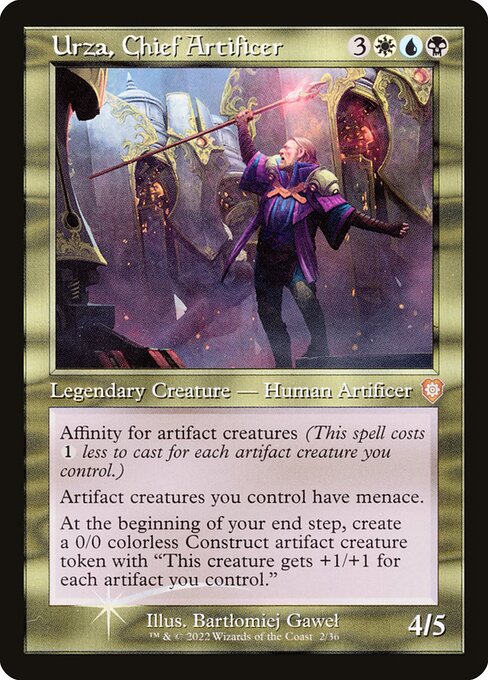
Urza, Chief Artificer
-

Commodore Guff
-

Everflowing Chalice
-
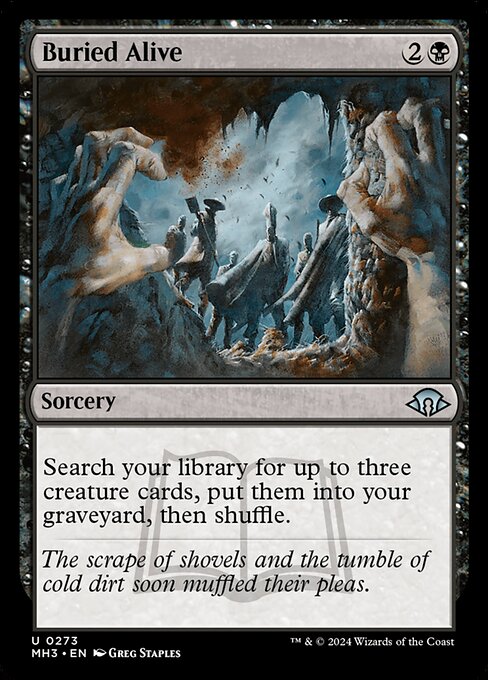
Buried Alive
-
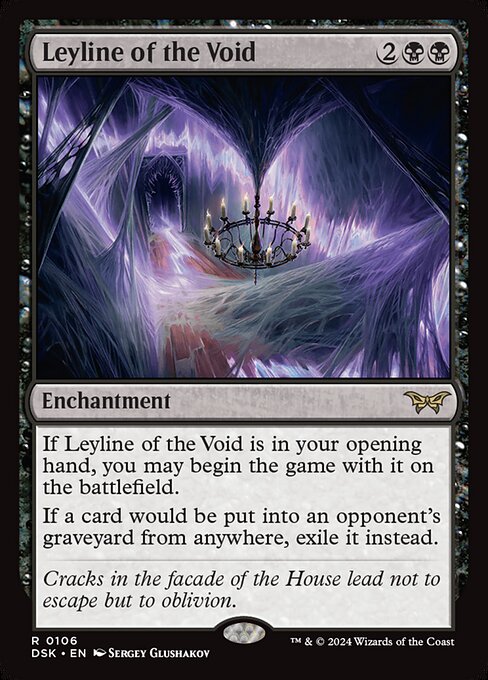
Leyline of the Void
-
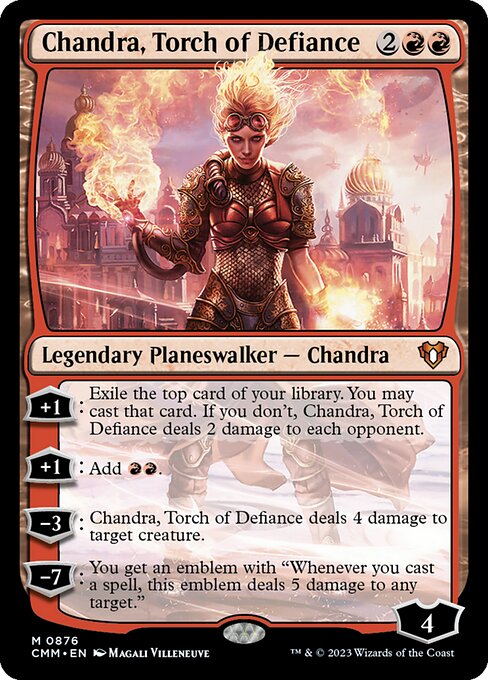
Chandra, Torch of Defiance
-
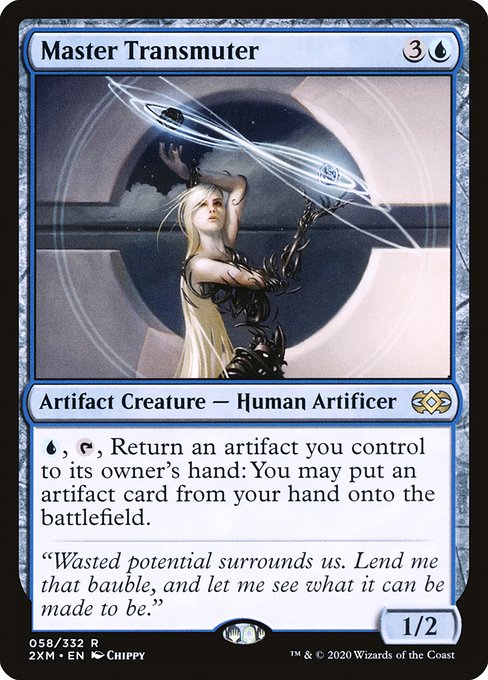
Master Transmuter
-
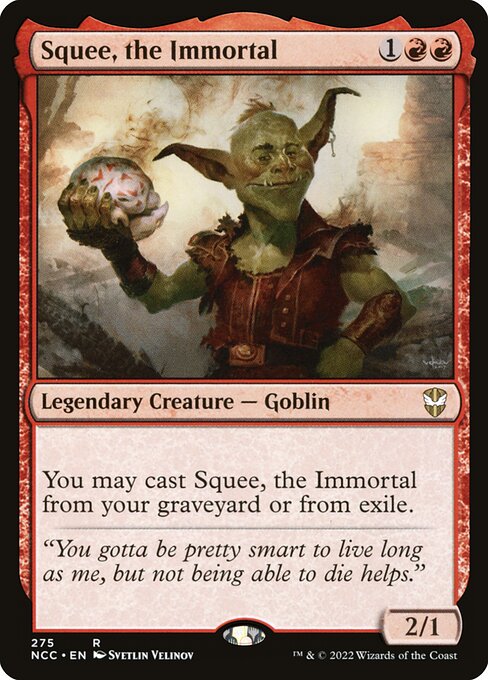
Squee, the Immortal
Gameplay Summary
The game began with each player setting up their respective strategies, with Braids focusing on graveyard recursion and sacrifice, Korvold aiming for an aristocrats-style food chain combo, Urza leveraging artifact synergies and powerful constructs, and Commodore Guff generating value through planeswalker interactions.
Early turns saw players establishing mana bases and dropping key enablers like Everflowing Chalice, Soul Ring, and Buried Alive, with Braids preparing to sacrifice creatures for value.
Commodore Guff’s player emphasized using his commander’s synergy with planeswalkers to draw cards and control the board. A pivotal moment came when Braids entered the battlefield alongside the enchantment Leyline of the Void, threatening graveyard strategies but quickly countered by a sacrifice.
Urza’s player deployed powerful artifacts and started generating threats with constructs, while Korvold’s aristocrats plan was supported by early sacrifices but was wary of disruption from other players.
The tension escalated as Chandra, Torch of Defiance, was introduced by Commodore Guff’s player, adding direct damage and mana ramp.
The board state was a mix of artifact creatures, planeswalkers, and sacrifice fodder, with players navigating complex interactions and political decisions to either advance their combos or hinder opponents.
The game’s focus was on maintaining board presence while setting up win conditions, with the interplay of sacrifice, artifact synergy, and planeswalker value driving the dynamic gameplay.
![Commodore's Terrifying Nightmare, ft. Commodore Guff, Braids, Urza, Korvold [EDH/Commander Gameplay] thumbnail](https://i.ytimg.com/vi/B2PnicSUs9k/maxresdefault.jpg)

![Guff's Nightmare, ft. Commodore Guff, Braids, Gwenna, and Jetmir [EDH/Commander Gameplay 2023] thumbnail](https://i.ytimg.com/vi/Pv3Y848q-xg/sddefault.jpg)
![Everything is Fine. Don’t Click this Video, ft. Purphoros, Gandalf, Akiri, Braids [MTG EDH Gameplay] thumbnail](https://i.ytimg.com/vi/lBhszeoeVoc/sddefault.jpg)
![Gandalf vs Urza vs Averna vs Dihada [EDH/Commander, Magic the Gathering Gameplay 2023] thumbnail](https://i.ytimg.com/vi/5CXLiWw55PA/sddefault.jpg)
![Master Commander, ft Commodore Guff, Anikthea, Rukarumel, and Zhulodok [EDH/Commander Gameplay 2023] thumbnail](https://i.ytimg.com/vi/AtcbBwFifZk/sddefault.jpg)
![Rakdos Fever, ft. Judith, Prosper, Narci, Commodore Guff [EDH/Commander Gameplay] thumbnail](https://i.ytimg.com/vi/a9ptsYYmjac/sddefault.jpg)
![Thinking With Portals, ft. Alexios, Guff, Rafiq, Gwenna [EDH/Commander Gameplay] thumbnail](https://i.ytimg.com/vi/2OWwA8E5cNI/sddefault.jpg)
![Demon Chain vs GalaStax vs Mad Farm vs Yisan Pod [cEDH/Commander, Magic The Gathering Gameplay] 2021 thumbnail](https://i.ytimg.com/vi/bIsQBbnpCZQ/sddefault.jpg)
![Tom Bombaldi, and Nobody Can Read the Card ft. Delina, Urza, Burakos [EDH/Commander Gameplay 2023] thumbnail](https://i.ytimg.com/vi/xNHySDn-Q8E/sddefault.jpg)
![Pako's Modern Life vs Mad Farm vs Demon Chain vs Galastax [cEDH/Commander, MTG Gameplay] 2021 thumbnail](https://i.ytimg.com/vi/5OA3v3_ztuM/sddefault.jpg)
![Yarok vs Inalla vs Nekusar vs Yuriko [EDH Gameplay] 2019 thumbnail](https://i.ytimg.com/vi/DMN5TuN0Lhw/sddefault.jpg)










![Commander VS S17E3: Korvold VS Alela VS Chulane VS Syr Gwyn [Brawl] thumbnail](https://i.ytimg.com/vi/Pa8JzkN1leY/sddefault.jpg)




![Favorite Precon Upgrade of 2022 [Commander VS 324] | Magic: the Gathering Commander Gameplay thumbnail](https://i.ytimg.com/vi/bNtpdfoanxo/sddefault.jpg)
![Brothers' War vs Dominaria United [Commander VS 315] | Magic: the Gathering Commander Gameplay thumbnail](https://i.ytimg.com/vi/_-hCwDSKn3I/sddefault.jpg)











